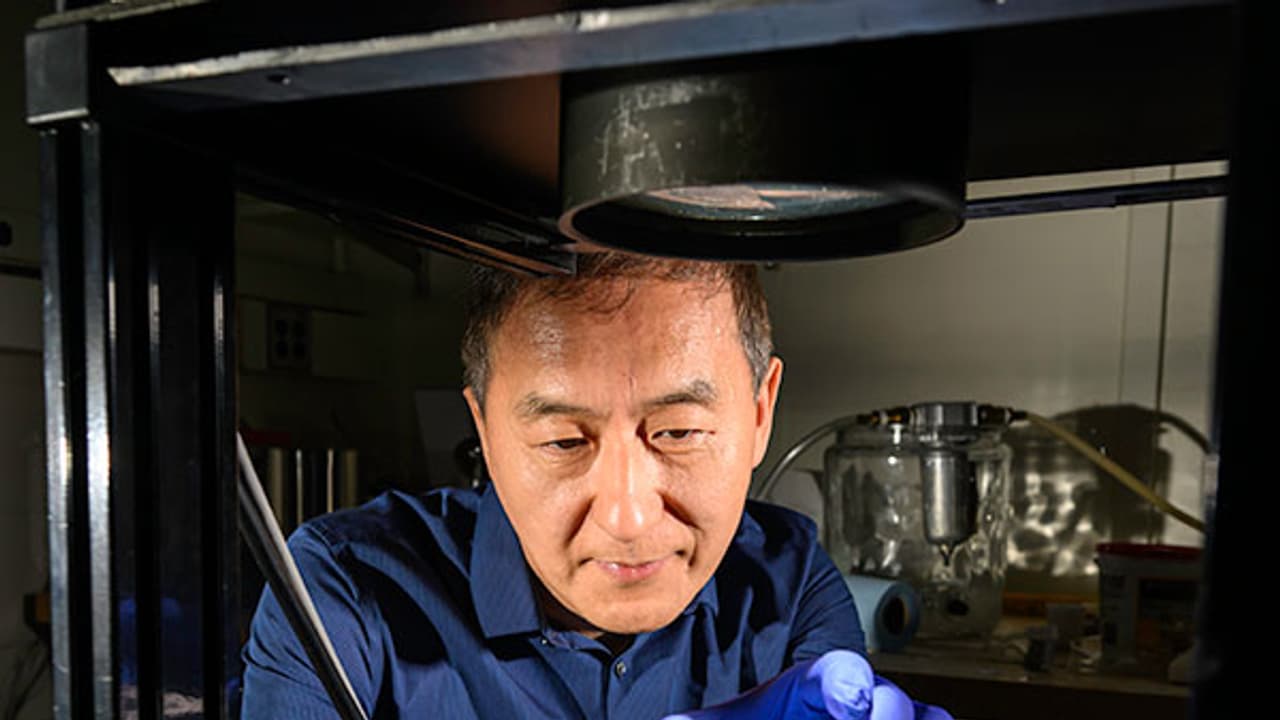Scientists at the University of Rochester developed a solar thermoelectric generator using black metal tech, a mini greenhouse, and laser cooling, boosting efficiency 15x and opening new possibilities for off-grid renewable energy.
Solar panels have become a familiar sight on rooftops and in solar farms, but a different kind of solar technology might soon give us an even bigger boost in renewable energy. A team of researchers from the University of Rochester has created a solar device that’s 15 times more powerful than earlier versions, using an unusual approach: blackened metal and clever heat management.
Beyond traditional solar panels
Most solar panels today rely on photovoltaics—materials that directly convert sunlight into electricity. But there’s another type of technology, called a solar thermoelectric generator (STEG), which works a little differently. Instead of directly converting light, it takes advantage of heat.
The idea is simple: the device has a hot side and a cold side, separated by special semiconductors. When one side heats up more than the other, electricity is generated through a process known as the Seebeck effect. The problem? Until now, these devices have been very inefficient, converting less than 1% of sunlight into electricity—far below the 20% efficiency of regular solar panels.
The black metal breakthrough
Instead of trying to improve the semiconductors, the Rochester team focused on managing heat itself. They used three key tricks:
1. Black metal surface – Using powerful lasers, they etched tiny nanoscale patterns into tungsten metal, turning it into a “black metal” that absorbs sunlight extremely well, while wasting less heat at other wavelengths.
2. A mini greenhouse – To trap more heat on the hot side, they placed a thin piece of plastic over the black metal. This works just like a greenhouse on a farm, keeping the warmth in.
3. Super-cooled aluminum – On the cold side, they used lasers again to carve fine structures into aluminum, making it an extra-efficient heat sink. This doubled its cooling performance, which is crucial for keeping the hot–cold difference large enough to generate more electricity.
Why it matters
By combining these methods, the researchers made STEGs that produce 15 times more power than previous designs. In demonstrations, the new devices were powerful enough to run LEDs—something older models struggled to achieve.
The technology could have wide-ranging uses:
- Powering small devices like wireless sensors and wearables.
- Providing off-grid energy in rural or remote areas.
- Supporting the growing Internet of Things (IoT) with low-maintenance power sources.
The future of solar energy
While photovoltaic panels will likely remain the mainstream choice for large-scale solar farms, this innovation shows that alternative solar technologies are far from done evolving. By rethinking how to capture and control heat, scientists may have opened the door to new, practical ways of tapping into the sun’s energy.
As lead researcher Chunlei Guo put it: “We didn’t even touch the semiconductors—just by improving the hot and cold sides, we made an astonishing leap in efficiency.”
The result? A simple but powerful reminder that sometimes the biggest breakthroughs come from looking at old problems in a new way.
